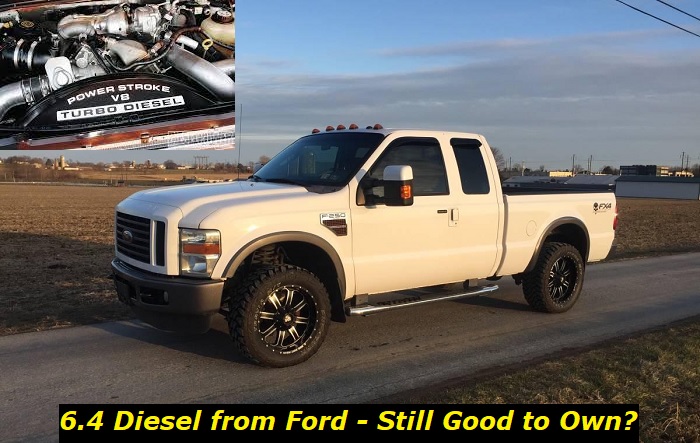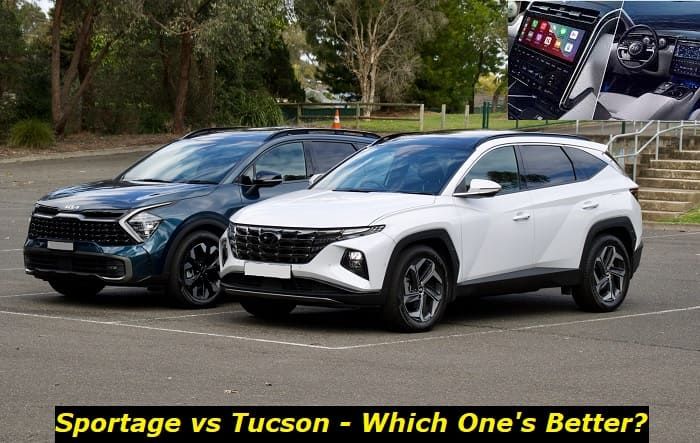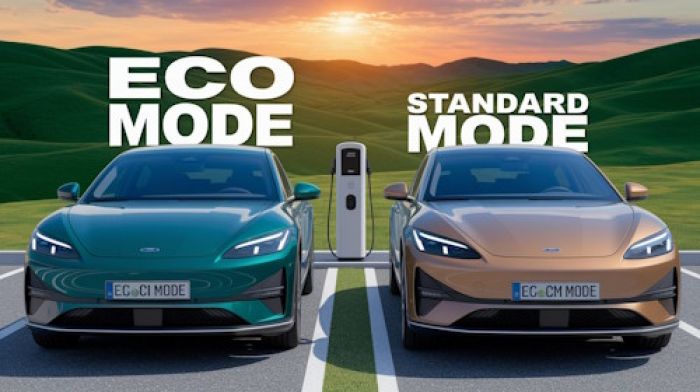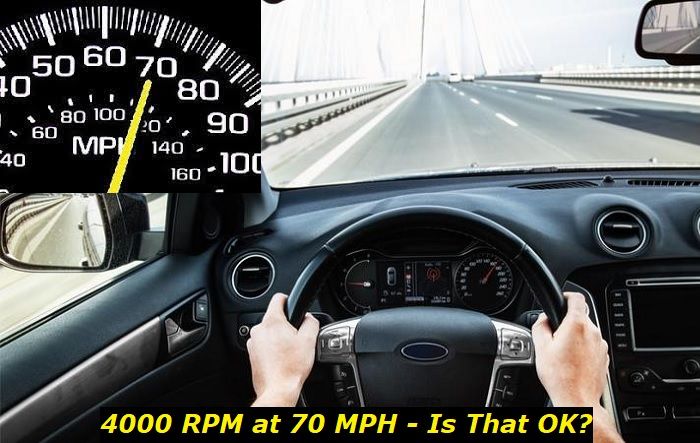Ford's 6.4L Diesel engine showed a lot of potential when it was first released. It debuted notable features like the common-rail fuel injection system and the DPF (diesel particulate filter). So yes, this was meant to be a game-changer in the automotive world.
The 2008 Ford 6.4 Diesel engine is a very unreliable product even though it offers some enhancements over the 6.0 engine. There are several issues that users of this engine have had to deal with. Although some vehicle owners still desire to acquire this engine.

Key features and my opinion about the engine
- Production years:2008-2010
- Average lifespan of 6.4 Power Stroke:230,000-250,000 miles
- Fuel supply type:Common Rail
- Power range:350 hp
- Fuel efficiency:bad
- Engine block material:cast-iron
- Engine reliability score:low
- The most common problems:oil consumption, turbo problems, EGR problems, DPF issues, high cost of maintenance, poor fuel economy.
Background To the Ford 6.4L Power Stroke Diesel Engine
2008 saw the release of the all-new 6.4L. This new engine was less noisy, cleaner, and had more power than the 6.0L (its precursor). There were other great features apart from its common-rail fuel injection system and DPF.
For example, the compound turbocharger system which was the first of its kind for any diesel engine in the light truck industry.
The Ford 6.4 Diesel engine was expected to be a special introduction to the automotive industry by Ford enthusiasts when it was launched. Ford 6.0L engine users had been plagued with reliability problems for years before then.
However, similarly to the 6.0L, the 6.4 experiences reliability problems. This has negatively affected its reputation. It has become a well-known product for a long list of troubles-some of which are big repairs.
For instance, you'll have to lift the cab to fix some minor faults. And there's also the gulping of significant sums of money for fixes and/or replacements.
All the demerits mentioned above are annoying, right? But there's more to know about what a devil of an engine this product can be. See why the 2008 6.4L may be a bad investment for you below.
Common Problems of the 2008 6.4L Engine
The 6.4 retained some of the 6.0's faults and developed new ones. Although some issues of the 6.0 were resolved by the advanced systems and components of the 6.4. You can guess that with new innovations and better hardware came new problems. Think about this paradox as you read the problems of the 6.4 below.
1) Horizontal Fuel Conditioning Module (HFCM) Water Separation Problems
The HCFM is where the first filter of the fuel system is and it has a valve that drains water from the system. However, the filter or the drain valve can get blocked/clogged and fuel coagulation can also occur because of the HCFM's system faults.
2) Poor Lubrication of Rocker Arms
This means that there isn't enough oil for the smooth operation of the rocker arms. It will lead to higher friction, valve train heat, and worn-out pressed-in balls.
3) Contamination of Engine Oil by the EGR Coolant
The super-heated EGR coolant returns to its source system after lowering the exhaust gas temperature. This produces cavities and a hole in the aluminum front cover as time passes. The hole will get deeper, making the coolant reach the crankcase and cause engine oil contamination.
Other common faults are radiator leaks, cracked pistons, oil cooler clogging, blown head gaskets, fuel dilution of engine oil, and damaged exhaust up-pipe expansion joints. Find descriptions for some of them under the "aftermarket products" section.
Merits and Demerits of the 2008 6.4L Diesel
See the pros and cons of your 6.4 diesel engine outlined here.
Merits:
- Easy Upgrades
It's very easy to upgrade this engine with aftermarket parts that are better than the OEM (original equipment manufacturer components. In other words, you can make the engine more powerful, durable, and sustainable.
- Efficient Turbocharger System
The OEM turbocharger system is strong enough for high top-end power and optimal response. This means the decrease in turbo lag and improvement of performance that isn't obtainable in the 6.0.
- Great Common-Rail Fuel Injection System
This feature facilitates the generation of more torque and horsepower than the 6.4L's predecessor. You'll also get a quieter engine.
- Addition of a DPF
This is one significant advantage that the 6.4L has over the 6.0L. A DPF is engineered for the removal of soot or diesel particulate matter from a diesel engine's exhaust gas.
- Overall Improvement from the 6.0L
We have already stressed that the 6.4 was an improvement on the 6.0 with the previously mentioned advancements. So it's only right that you go for an alternative (if considered) that came after the 2008 6.4 instead of before it when shopping.
Demerits:
- Bad fuel economy
- Costly repair/replacement bills
- High tendency for a major repair before it even hits 150,000 miles
The 2008 Ford 6.4 Diesel Specs
This section among others may help you in making a decision about Ford engine types to buy. We're not trying to convince you to get a 2008 6.4L Diesel engine by listing its innovations and other specs. The outline below is for product comparison.
- Cast-iron cylinder block, cylinder heads, and bed plate
- Powdered metal connecting rods
- Single cam-in-block
- Overhead valve (OHV) pushrod valve train
- Direct high-pressure common rail fuel injection system
- Siemens VDO K16 high-pressure fuel pump
- Piezoelectric fuel injectors
- Compound turbochargers (BorgWarner double V2S turbochargers)
- EGR (exhaust gas recirculation) system with two coolers
- Self-cleaning/regenerative DPF (diesel particulate filter)
- ZF S6-650 6-speed manual transmission
- 5R110W TorqShift automatic transmission
Aftermarket Products for Upgrading Your 2008 6.4L Engine
The products presented in this section are common aftermarket upgrades that you can utilize to enhance your 2008 6.4 Power Stroke performance, maintenance procedures, and durability. They're made to address various 6.4L faults like the ones described earlier.
1) Body Mounts
Buy an aftermarket body mount when your OEM part wears and results in problems with body alignment and other issues. For example; shifting faults, body roll, rattling (door), radiator faults, etc.
2) Handheld Tuners and Dash-Mounted Programmers
Do you know that you can enhance your 6.4's power and torque with such tuners/programmers? They work as full gauge packages to facilitate the real-time tracking of essential transmission and engine data.
3) Up-Pipes
You can even swap out the OEM type before they begin to fail. It's a wise precaution to take since the OEM up-pipes are expected to leak as time passes
The up-pipes can also experience cracking or failure-leading to power loss. Aftermarket up-pipes have higher durability, apart from aiding vehicle owners in resolving such issues as replacement parts.
4) Cold Air Kits/Air Intake Systems
You can make the engine's performance better by putting in a new air intake system to increase the level of cool dense air in the engine. More efficiency is assured because of these popular aftermarket parts.
5) Oil Coolers
See this as a good replacement for the problematic OEM oil cooler in your engine. The OEM type is highly susceptible to failing because of debris in the cooling system, but this upgrade is more durable.
6) Exhausts
This product can help in back pressure and EGT (exhaust gas temperature) reduction. You'll be able to get more from the engine's cold-air intake and programmer/tuner with this upgrade.
7) EGR (exhaust gas recirculation) System Coolers
EGR systems that experience issues such as cracks in the components should be changed with a more efficient product. You'd want to avoid the issues that may arise after the coolant meets with the exhaust by investing in this aftermarket part.
8) Upper Support Bars
Aftermarket direct-fit upper radiator support cross-member bars aid in the lowering of front-end flex. They also enhance vehicle rigidity, thereby protecting your radiator from experiencing deformities. For example, twisting. End-tank separation is also avoided as well.
9) Coolant Filtration Systems
Traces of casting sand may sometimes remain in the engine after manufacturing. This is because of its cast engine design. The leftovers can contaminate the cooling system, thereby damaging its parts.
Coolant filtration systems should be used to prevent such an occurrence and prolong the durability of the water pump, coolant, EGR coolers, etc.
10) Turbochargers
Replace your vehicle's turbochargers when they're negatively affected by problems such as poor lubrication, contaminated oil, turbo over-speeding, seal wear, and very high temperatures. It's only right that you swap them out with another (even better) one when the need arises.
11) Stock-Style Radiators
Radiator leakage or the loosening of the crimps that hold the plastic end tanks should make you invest in an upgraded radiator. Managing with a problematic radiator for a long time can cause severe or catastrophic engine faults. It can also have adverse ripple effects on other connected parts.
Conclusion
You can try to prolong the average expected life span of your Ford 6.4L Diesel engine by embracing a regular/routine maintenance culture. And maybe you can adopt some of the aftermarket enhancements mentioned earlier based on your financial strength.
Our advice for you is to research a different engine that has been deemed better than the 2008 6.4L in certain ways. For example, the 6.7 which is the 6.4's successor. It's worth noting that the 6.4 (2008-2010) became the last International Navistar diesel engine utilized in Super Duty vehicles.
About the authors
The CarAraC research team is composed of seasoned auto mechanics and automotive industry professionals, including individuals with advanced degrees and certifications in their field. Our team members boast prestigious credentials, reflecting their extensive knowledge and skills. These qualifications include: IMI: Institute of the Motor Industry, ASE-Certified Master Automobile Technicians; Coventry University, Graduate of MA in Automotive Journalism; Politecnico di Torino, Italy, MS Automotive Engineering; Ss. Cyril and Methodius University in Skopje, Mechanical University in Skopje; TOC Automotive College; DHA Suffa University, Department of Mechanical Engineering






Add comment